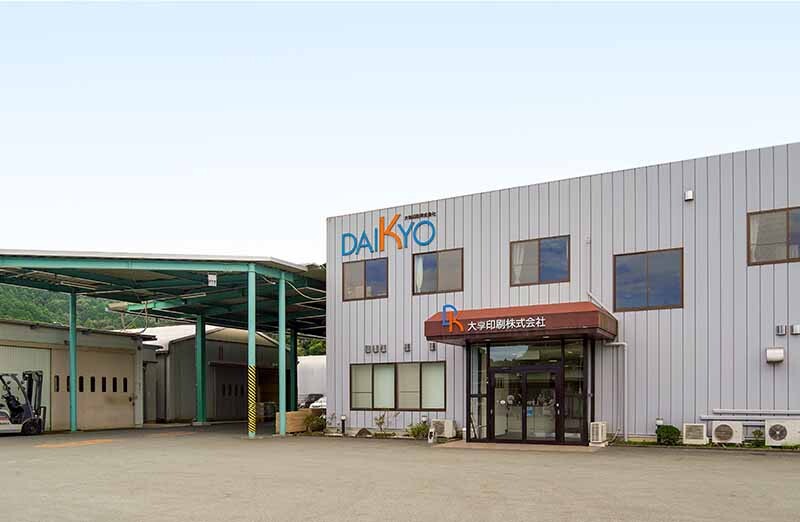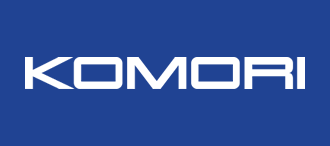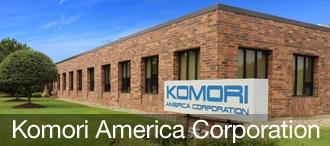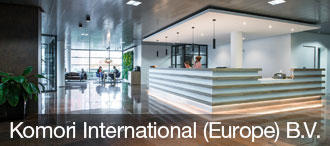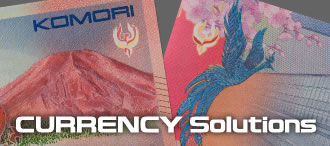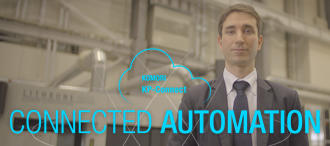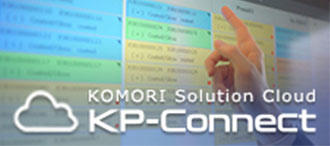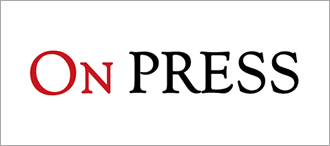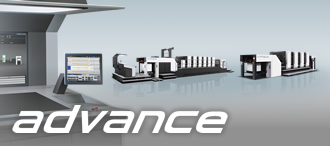Introduction of System 38S and Lithrone G37: Capable of Printing on Ultra-thin Paper and Enhancing High-mix, Small-lot One-stop Production Capacity
Japan, Daikyo Printing Co., Ltd. | System 38S, Lithrone G37 [GL-437]
11 January 2024
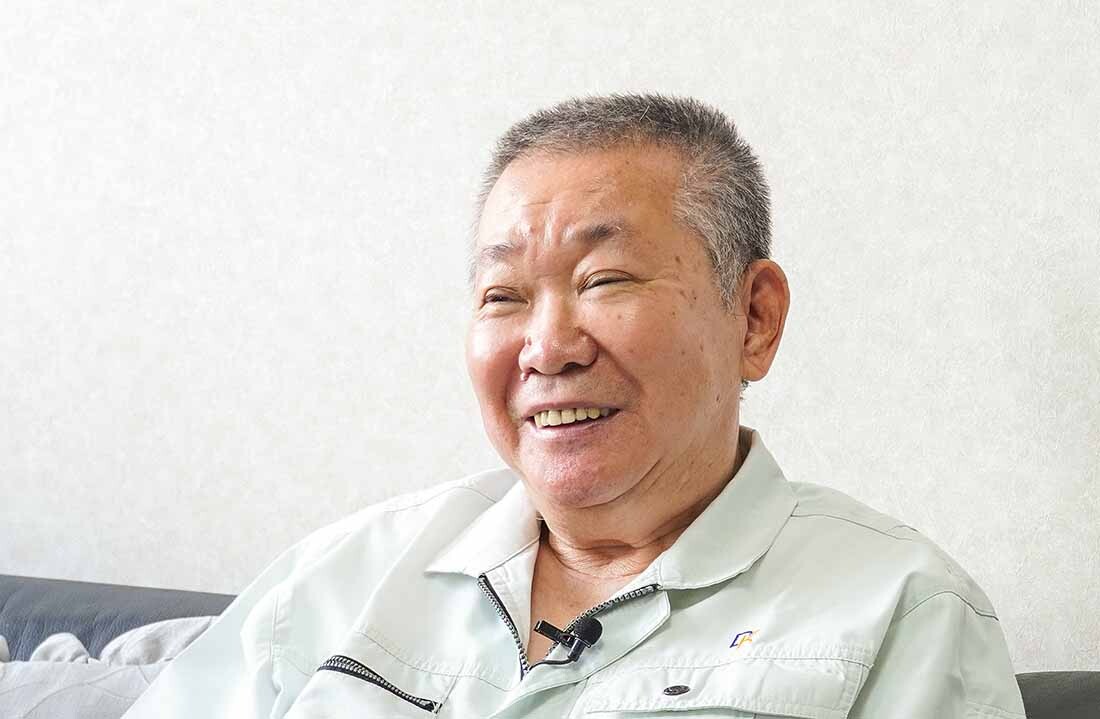
Founded in 1968, Daikyo Printing Co., Ltd. completed the Taki Plant in Mie Prefecture in 1992 as its production base. Currently with a comprehensive production system consisting of two web offset presses, one sheetfed press, and facilities for cutting and binding, the company handles a wide range of high-mix, small-lot jobs in one stop from production to nationwide distribution. In December 2017, a System 38S 625mm-cutoff sixteen-page web offset press was introduced, followed in October 2022 by a Lithrone G37 37-inch sheetfed offset printing press, strengthening the production system. We asked President and CEO Yoshikazu Igarashi, Managing Director Takanobu Kawai, Plant Manager Yasumasa Watanabe, and Press Operator Katsutoshi Igarashi about the background of the introduction and the results.
Yoshikazu Igarashi, President and CEO
Unrivaled ultra-thin paper printing that other companies cannot imitate
Daikyo Printing, with its production base in Mie Prefecture, has a business area that extends not only to the Kansai region but also to the Chubu and Kanto regions. While operating in a wide range of fields from commercial printing of magazines and pamphlets to printing of envelopes and stipulations, its greatest strength is printing on ultra-thin paper with the web offset press, which President Igarashi is proud of since "no other company can print this.''
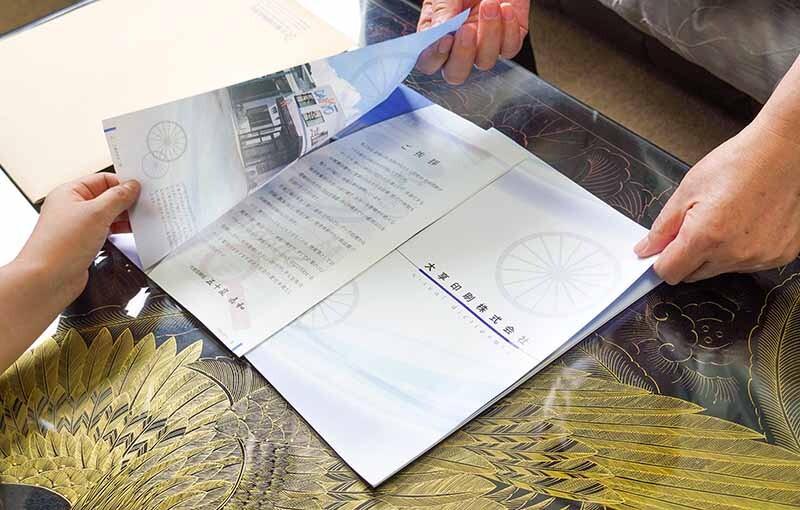
Ultra-thin paper printing sample: "The benefits of ultra-thin paper products are their light weight, contributing to reduced transport cost and CO2 reduction during transport. We handle eco-friendly products such as files made from adhesive-free paper and business cards blended with rice husks." -- President Igarashi
"Through our unique know-how, we have achieved one-pass printing and folding of various products on ultra-thin paper. By using such paper, we can not only reduce shipping costs but also manufacture environmentally friendly printed products. Customers are surprised that we can print on such thin paper. We attribute this strength to the introduction of the Komori press and the robust support we received."
Stipulations that are the most common type of thin paper printing at their company require stringent quality control. To meet these strict standards, the company established its own criteria and is thorough in quality control. "About 20 years ago, we established our own manual to adhere to the principle of 'Zero Defects, Ship Only Good Products,' and have been conducting pre-shipping inspections. We require all employees to be aware of Daikyo Quality."
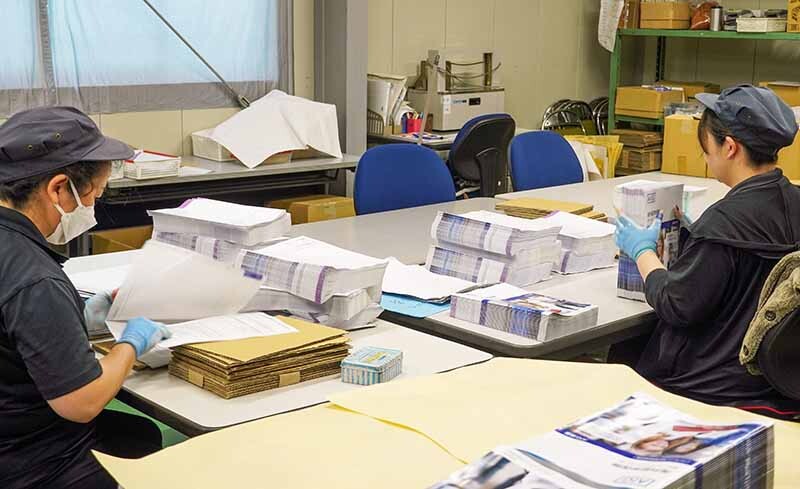
Pre-shipping inspection: "To meet strict quality standards, we adhere to our basic policy of 'shipping only good products.' Additionally, to prepare for emergencies, we have a dedicated paper warehouse stocked with a large quantity of paper." -- President Igarashi
System 38S reduces changeover time and paper waste
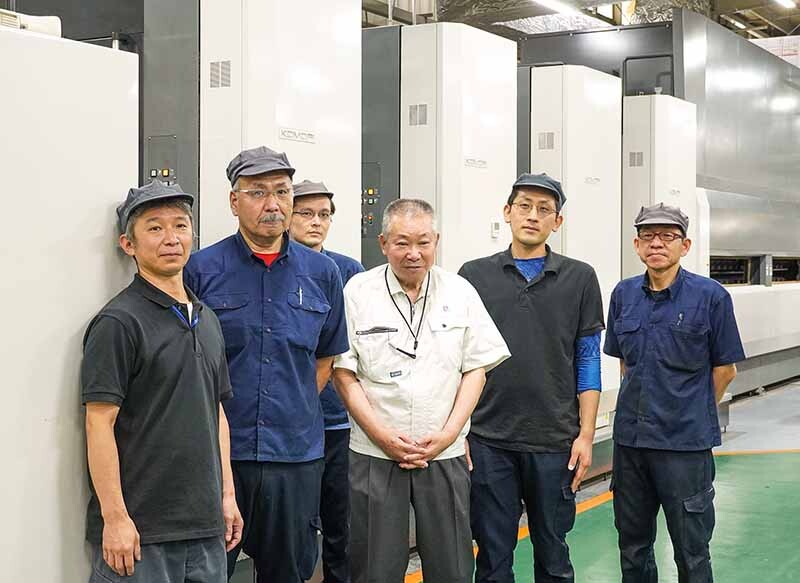
System 38S and web offset team
About 30 years ago, Daikyo Printing introduced an A2 size web offset press and began special folding and processing. Anticipating the demand for diverse types of folding while considering a new machine, the company came across the Komori System 38S web offset press.
Managing Director Kawai says: "The conditions for introduction were to replicate about 18 folding variations we had been doing with existing machines and to be able to handle ultra-thin paper. The System 38S in A1 size fulfilled these requirements. It produces folded sheets in A3 to A6 sizes and eliminates the need for additional postpress processing, which are major advantages.
For sales proposals, folding up to A4 is common, but when we mention that we can handle up to A5 and A6, we often receive orders due to the benefits of time and cost reduction." Kawai also adds, "With the previous machine, folding setup was all done manually by adjusting the dial relying on the operator's sense. Adjustment required experience and took time to master, but with the System 38S, setup can be done quickly and automatically with the press of a button. Fine-tuning is necessary, but time is saved and the operator's workload is reduced."
Plant Manager Watanabe notes concerning the effect of the installation, "The task of switching the type of folding used to take at least 30 minutes with a manual process but it can now be completed in 5 minutes. Additionally, with the previous machine we wasted a lot of paper in the folding process, but the System 38S has high accuracy in both color and folding, realizing a significant reduction in paper waste."
Improved profitability and efficiency with Lithrone G37 introduction
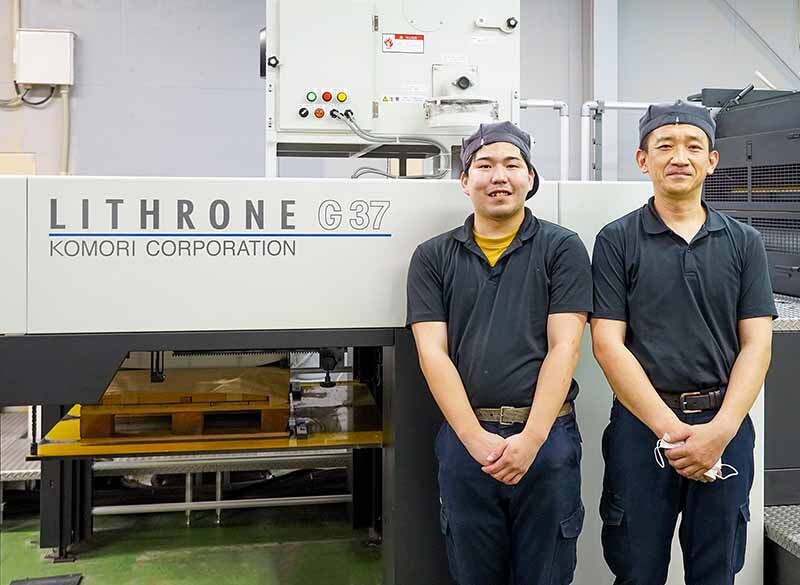
Lithrone G37 and sheetfed team
The introduction of the Lithrone G37 marks Daikyo Printing's first use of a Komori sheetfed press.
"Due to the aging of our previous 40-inch press, we were considering either repairs or replacement; however, the expected cost of repairs was high. At that time, we received a proposal from Komori for the Lithrone G37, which can print from A1 size to 636 x 939mm sheets. Our success with the System 38S and the availability of subsidies were decisive factors in its introduction. For the subsidy application, we formed an in-house project team. Our employees challenge themselves in examining every application, and we have also obtained Green Printing (GP) certification," says President Igarashi.
Regarding the effects of the introduction, Managing Director Kawai states, "Electricity costs were lower because the machine itself was more compact, going from 40-inch to 37-inch. Also, the plates were smaller, significantly reducing plate costs. With the expansion of small-lot demand, the number of plates increased, resulting in significant effectiveness and a very positive impact from the management perspective."
Press Operator Igarashi adds, "This machine is compact, making roller replacement much easier. Adjustments such as nip adjustments of rollers are also easier compared to the previous machine, and this is very helpful."
Plant Manager Watanabe comments on the effect of ultra-thin paper compatibility: "We can now consistently print on A1 size 35kg coated paper, which was impossible with our previous machine." Regarding the PDC-SG (Spectral Print Density Control for color tone management) he states, "The startup time for color adjustment, which used to be long, has been shortened to about 10 minutes. Reproducibility of repeat jobs is high, and color tones are almost identical. The clear numerical display of ink density contributes significantly to improved efficiency."

From left: Takanobu Kawai, Managing Director; Yasumasa Watanabe, Plant Manager; Katsutoshi Igarashi, Press Operator
"The strength of our company is that we can print covers by sheetfed and the inside content by web, and handle binding and processing, all in one-stop, and then ship nationwide."
Takanobu Kawai, Managing Director
"The effects of introducing the Komori press are beginning to show even on KP-Connect. We can now see goals and results in numerical terms on the site."
Yasumasa Watanabe, Plant Manager
"With the color measurement device, color adjustment has become much easier. Even when teaching other operators, I can objectively convey my know-how."
Katsutoshi Igarashi, Press Operator
Visualization of production through KP-Connect
Commenting on the visualization of production and improved operating rates enabled by the introduction of KP-Connect, Managing Director Kawai says, "With the trend toward smaller lots, I think visualizing job changeover time is a worthwhile initiative. For example, with web offset presses that are capable of many folding processes, we can see the operating results for each folding version with KP-Connect. The effects of operation improvement can now be seen in numbers, and operators have reported increased motivation."
Plant Manager Watanabe says, "We can now quantify the target time, leading to an improvement in operating rates. Previously we relied on handwritten daily reports to roughly understand the numbers, but with KP-Connect, we can accurately determine the time spent on each task."
Finally, President Igarashi discussed his aspirations: "We want to strengthen our quality response for special processes and ultra-thin paper manufacturing through the introduction of new equipment and become a unique manufacturing plant in Japan."
